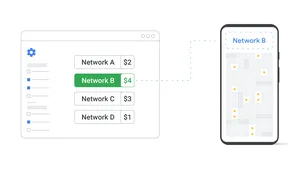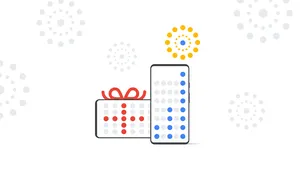The Native Way: How To Test Your Native Ads
1. Start with a defined goal and a hypothesis
Step back and decide on a single hypothesis that has the most potential to improve your business and start there. So where should you start testing? One good place to look at is design elements on your ad template and how it can impact greater user ad engagement. For example, a simple variation like changing font sizes (10px to 13px) would lead you to hypothesize that a larger font size will increase user engagement with the ad and make the call to action more clear. Meanwhile, key metrics to look for would be click through rate, ad revenue, and app exit rates.
Example variables that you could test are:
- Font size
- Image placement within ad
- Ad size
- Ad placement within app

2. Remember to test only one variation at a time for it to be a true A/B test
Go ahead and slip on your white lab coat. The testing stage will require two variations of your app screen – the original, current version and your new, re-designed version. When creating these variations, using an A/B testing platform will make it easy to design, run and monitor your tests.
3. Run the experiment
Time to test your results. Set up your app to randomly show your original set-up to half of your users (i.e., the “control group”) and the second variation to the other 50% (i.e., the “experimental group”). By using a control group, you’re collecting baseline data to compare against your results. Without it, you can’t tell the difference between the response to your new designs or other variables, like seasonal chance.
4. Make a decision
Once the experiment is done, it’s time to crunch the data, revisit your initial goal and hypothesis, and make that all-important final call on whether the new variation is worth changing in the long run. Don’t be too hasty to lock in a new look. If the changes are significant, it’s smart to run the experiment over several time periods to ensure the results aren’t due to seasonality, or other variables.
As you continue to run more tests, remember that even with helpful tools, testing takes time and resources. Don’t waste time testing elements that won’t significantly impact your goal. Use app analytics data (https://firebase.google.com/docs/analytics/) to help uncover spots in your app with a lot of opportunity and potential (think: screens with high traffic, high engagement, or large user drop off, for example). A good idea might be to have a devoted team member spend 25% of their time on monitoring analytics, identifying ad optimization ideas, and testing them.






